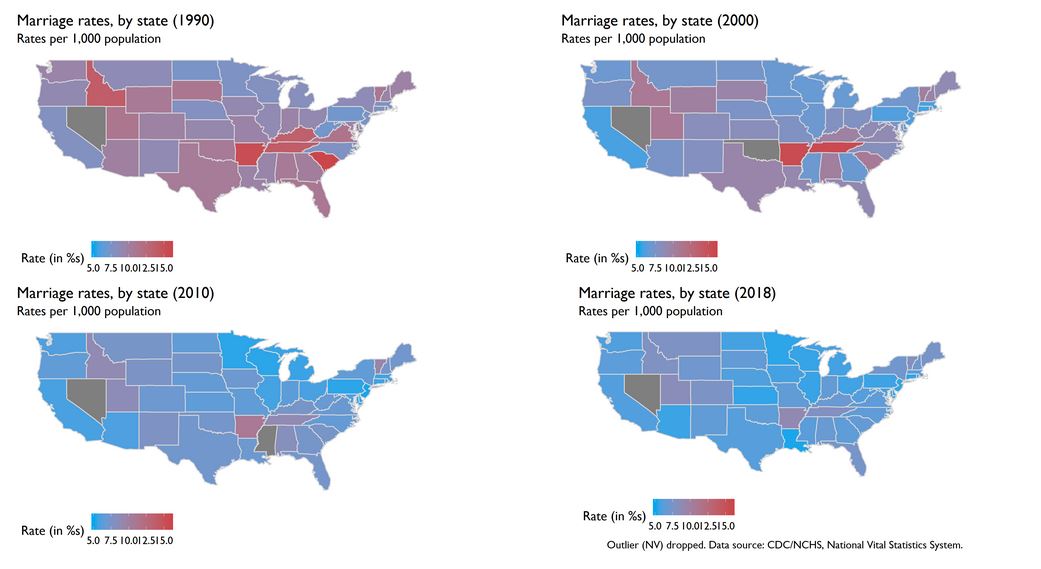A wiecie, że to nieładnie się wpychać >;))

|
Oj tam, oj tam, zdarza się, hehehe. Chociaż nigdy czegoś takiego nie zrobiłem. Ale jak ktoś mi zrobi. Nie "pienię" się. Kierowca musi zachować spokój w każdej sytuacji, hehehe. |
|
Andrzeju :) wiele osób ma kłopoty z agresją i odreagowuje na drodze >;) Przypomniał mi się film Smażone zielone pomidory (1991) gdzie bohaterka się wkurzyła, jak młode dziewuchy się wepchały i jeszcze ją obrażały, to ze 3 razy im wjechała w tył tak dla pewności >;)
|
To tylko film Wojtek. Spróbuj ty tak zrobić , hehehe. Zapłacisz za naprawę i zabiorą ci prawko na wieki, bo stwierdzą że jesteś niepoczytalny, hehehe. A tacy, jak wiesz, prowadzić nie mogą...Traktowanie auta jako "broni" to terroryzm, jeszcze to ci mogą przybić i pójdziesz na długie lata siedzieć w celi...Bez dostępu do internetu, hehehe... |
|
Ja to jestem "cichociemny" >;)) Czy zatkanie rury wydechowej nie było by zabawniejsze, lub wykręcenie 2 wentyli? Jeden to "krótko" :) Ale walczę ze skorpioństwem własnej natury >;)) W sumie to nawet komiczna strona własnej natury jak ego decyduje o tym czy zostaliśmy "obrażeni" >;))
|
|
W odpowiedzi na pojawiła się wiadomość opublikowana przez Lothar.
Czy on tej babce nasikał do auta?


|
No...Na to wygląda...Nie ładnie postąpił...Pfuj! Dobranoc Sarenko. Dobranoc Duszki... |
|
W odpowiedzi na pojawiła się wiadomość opublikowana przez Serenity
Witaj Serenko :) Czy nie można postępować "po ludzku"? Być miłym niekonfliktowym człowiekiem? Specjalnie wkleiłem zachowanie "dzikich ludzi". Po co to? A szacunek do drugiego człowieka? Czy ten pan by się tak zdenerwował i "mścił" jak by Pani choć słowo powiedziała o wyższej konieczności? Jest jeszcze jeden niemiły aspekt, pośród ludzi w średnim wieku, w stanach sądy z zasady puszczają faceta w skarpetkach, przy rozwodach niezależnie od powodu. Co powoduje bardzo krytyczne nastawienie i wstępne napięcia, więc nie wolno tego rozwijać, a trzeba o tym wiedzieć, no i niby pro rodzinne nastawienie sądów, powoduje zmniejszenia ilości małżeństw, a powstawanie nieformalnych, lub pół formalnych związków.
US marriage rate plunged to lowest level on record in 2018 By Joshua Rhett Miller April 29, 2020 | 12:51pm Enlarge Image Gabrielle Schmees, 29, and Diego Grassano, 31, kiss wearing protective masks on the day of their wedding in Houston. Gabrielle Schmees, 29, and Diego Grassano, 31, kiss wearing protective masks on the day of their wedding in Houston. Marie De Jesus/Houston Chronicle via AP Sign up for our special edition newsletter to get a daily update on the coronavirus pandemic. More On: marriage Man allegedly sexually assaulted his wife hundreds of times throughout their marriage New York parent seeks OK to marry their own adult child Men and women don't agree on pandemic sex, study reveals Japanese same-sex couple overjoyed by marriage ruling Americans are no longer putting a ring on it. The US marriage rate fell to its lowest level on record in 2018, federal stats released Wednesday show. New figures from the National Center for Health Statistics reveal the nationwide marriage rate fell 6 percent from 2017 to 2018, with 6.5 new unions formed for every 1,000 people. The figure marks the lowest rate since the US government started tracking such data in 1867, Sally Curtin, the report’s lead author and a statistician at the federal agency, told the Wall Street Journal. “Millennials are in peak marriage years, their 20s and 30s, and it’s still dropping,” Curtin told the newspaper. “This is historic.” There’s no clear reason for the decline, Curtin said, but she expects the ongoing coronavirus pandemic to further drive down the number of Americans getting hitched, citing financial insecurity and restrictions to both travel and social events. “A lot of it is the economy, and the extent to which Covid has a lasting effect on the economy, it might affect family formation,” she told the Wall Street Journal. Virus Outbreak Nevada 13 Trenton Friend, left, and Monse Friend are married by Belinda Rhodes, center, at the Lucky Little Wedding Chapel near the Clark County Marriage License Bureau in Las Vegas. AP/John Locher In 2017, the marriage rate was 6.9 unions for every 1,000 people, down slightly from 7 marriages per 1,000 people a year prior. The rate started declining decades earlier in 1982 – when it reached 10.6 marriages per 1,000 people – before stabilizing for several years beginning in 2009. It then ticked upward in 2014 (6.9) and 2016 (7) before declining slightly in 2017, figures show. In 1946, following World War II, the rate hit a high of 16.4 marriages per 1,000 people, federal stats show. The data reveals that getting married “has been a long-standing, declining trend since the early 1980s, showing that marriage is less central to the lives of Americans [than] it used to be,” Curtin told NBC’s “Today” show. https://nypost.com/2020/04/29/us-marriage-rate-plunged-to-lowest-level-on-record-in-2018/ |

|
 Data released yesterday shows wedding bells are growing ever-fainter in states across America. This decline in marriage can be seen in the data even before any potential impact of the coronavirus, which is expected to lower the numbers even further due to social distancing-related delays. According to the latest data from the National Center for Health Statistics, marriage rates hit an all-time low in 2018, the most recently recorded year. The national marriage rate fell from 6.9 to 6.5 marriages per 1,000 people from 2017 to 2018. The dip was the first noticeable change in a fairly-stable trend over the past decade, following a long decline starting in the mid-1980s. As recently as 2001, the national rate was 8.2 marriages per 1,000 people. United States marriage rate, 1900-2018 Rate per 1,000 population Source: CDC/NCHS, National Vital Statistics System. Marriage is an intensely personal decision, but also has economic and social dimensions. The dramatic high point in the marriage rate followed the end of World War II, while the Great Depression caused a notable decline in the early 1930s. More recently, reviewing marriage trends by region shows that states that previously had higher rates of marriage, including those in the West and South, have converged to the lower levels which have been normal for decades in the Northeast. Marriage rates by region (1900, 1995, 1999-2018) Per 1,000 population Outliers (NV, HI) suppressed. Source: CDC/NCHS, National Vital Statistics System. A heat map, showing the prevalence of marriage per 1,000 people, shows this convergence over time (in this figure as well as most others, Nevada and Hawaii are outliers due to the high numbers of weddings in those states and so are suppressed.) Over the past two decades, state-level data has shown near-universal declines in marriage rates. However, a few states saw a modest increase, possibly driven by the legalization of same-sex marriage, notably Massachusetts, California, and Montana. The District of Columbia saw the highest rise, with a 60% increase in weddings over that timeframe. Marriage rates by region (1900, 1995, 1999-2018) Per 1,000 population Outliers (NV, HI) suppressed. Source: CDC/NCHS, National Vital Statistics System. Over the past 18 years, the national marriage rate has fallen by about 20 percent, with the decline concentrated among states in the South. At the same time, the divorce rate fell by about 30 percent nationally, possibly a result of self-selection out of marriage by lower-educated or low-income individuals and fewer marriages occurring in the first place. States with the smallest declines in divorce were predominantly located in the northeast, while some states in the South saw divorce rates fall by a third. Change in marriage rates by state, 2000 to 2018 Rates per 1,000 residents Dashed line is national average (-20.8%). Source: CDC/NCHS, National Vital Statistics System. Change in divorce rates by state, 2000 to 2018 Rates per 1,000 residents Dashed line is national average (-28.8%). Source: CDC/NCHS, National Vital Statistics System. There may be some compositional effects at work – as the U.S. population ages, more people move out of what we might consider “prime age” for marriage. Since 2005, the fraction of the U.S. population between the ages of 18 and 54 as a share of the total population has fallen from 52.1 to 48.6 percent. If we control for that dynamic, we can see that some – but not all – of the recent decline in marriage is attributable to demographic factors. (The green dashed line shows the rate of marriage among the age group we’ve defined, while the blue dotted line shows what the marriage rate would be if the U.S. still had the age profile it did in 2005.) There was even an increase in the adjusted marriage rate, controlling for demographic shifts, from 2009 to 2016. But drop in recent years is noticeable across the board, no matter the analysis. United States marriage rate (2005-2018) Rates per 1,000 population, per 1,000 adults age 18 to 54, and with 2005 population base Source: ACS 1-year estimates; CDC/NCHS, National Vital Statistics System. While marriage rates have declined for everyone, past Social Capital Project research illustrates that rates have particularly declined among minorities and those in middle and lower economic quintiles. Decreased marriage is associated with increases in unwed childbearing over the last several decades, particularly for these groups. One of the goals of the Social Capital Project is straightforward: “We want more children in happy married-parent families.” This goal is potentially made more difficult as marriage becomes rarer and more selective. Recognizing the social and economic barriers that cause more couples to put off marriage should be a priority for policymakers, and the SCP will continue to study these trends in detail. Patrick T. Brown, senior policy advisor, with assistance from Rachel Sheffield, senior policy advisor. Permalink: https://www.jec.senate.gov/public/index.cfm/republicans/2020/4/marriage-rate-blog-test |
«
Wróć do Magiczna Kawiarenka
|
1 przeglądaj|%1 wyświetleń
| Free forum by Nabble | Edit this page |


